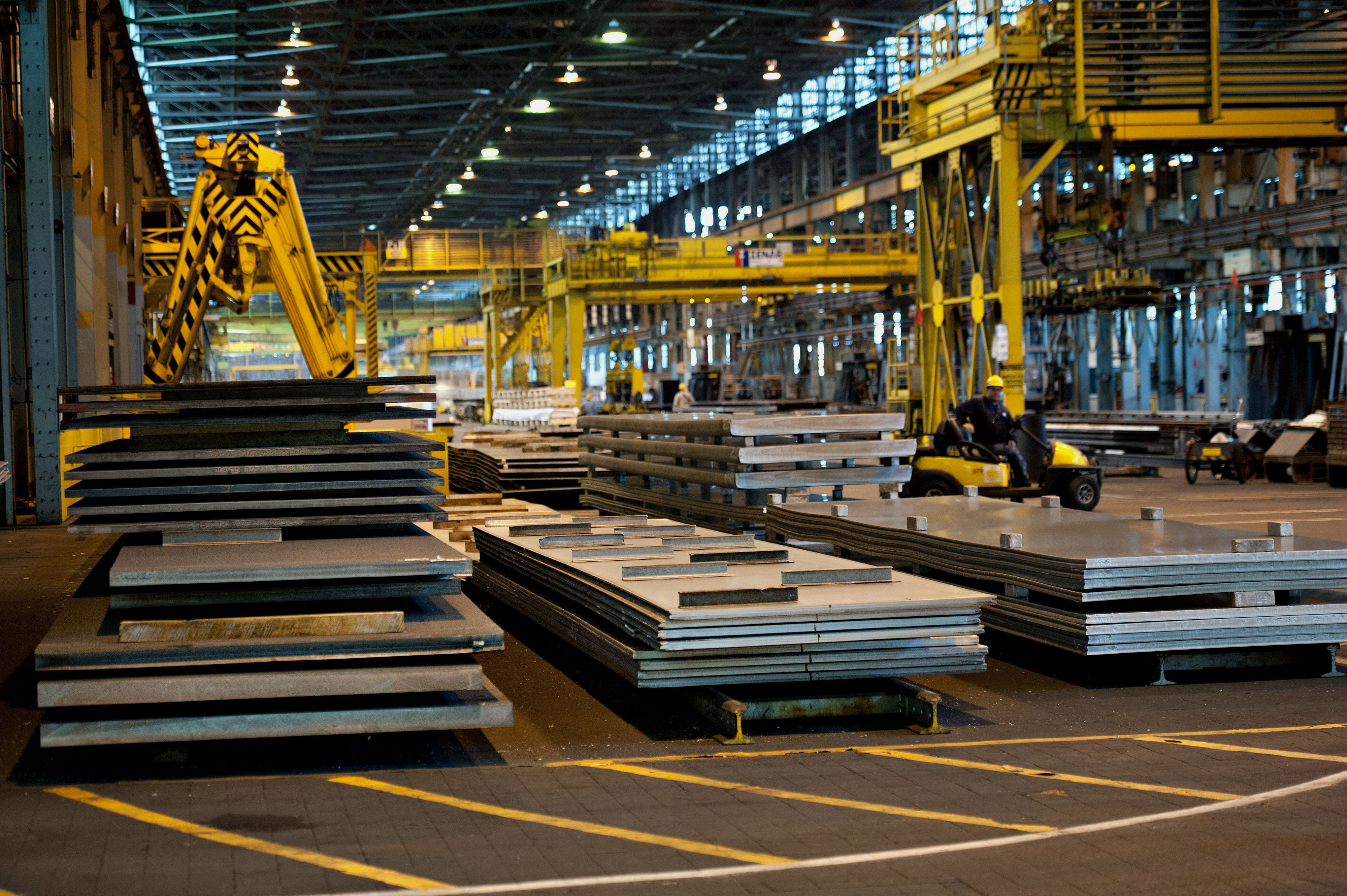Escalating tensions between the US and China could hurt a global trade expansion that’s already expected to be lower this year than in 2017, the World Trade Organization said Thursday.
The Geneva-based body warned that there are signs a looming global standoff is already affecting business confidence and investment decisions, possibly jeopardizing the projected growth, Bloomberg reported.
The warning chimes with that of Christine Lagarde of the International Monetary Fund, who cautioned on Wednesday that the world economy must avoid being sucked into a protectionist spiral. The global trading system, which has reduced extreme poverty, cut living costs and created millions of high-paying jobs, “is now in danger of being torn apart,” she said.
“This important progress could be quickly undermined if governments resort to restrictive trade policies, especially in a tit-for-tat process that could lead to an unmanageable escalation,” WTO Director-General Roberto Azevedo said in a prepared statement.
“It is not possible to accurately map out the effects of a major escalation, but clearly it could be serious,” Azevedo told a news conference in presenting the WTO report. He said that “risks to the forecast are significant and they are predominantly on the downside” while adding that technically a trade war has not started.
Cycle of Retaliation
Trade growth could suffer as a result of Trump’s pugnacious approach to trade and his administration’s preference for unilateral tariffs rather than negotiated solutions within the context of the WTO. His stance has already generated strong backlash from China.
“A cycle of retaliation is the last thing the world economy needs,” Azevedo said. “The pressing trade problems confronting WTO members are best tackled through collective action.”
The WTO said trade growth is likely to fall from 2017’s peak of 4.7% to 4.4% in 2018 and 4% in 2019, according to the report.
Over the past three months Trump has levied global tariffs on imports of steel, aluminum, washing machines and solar products—which have affected America’s allies and foes alike. More recently Trump threatened to slap tariffs on up to $150 billion worth of Chinese products in response to China’s theft of US intellectual property and technology secrets, as US claims.
Though the US hasn’t finalized the tariffs, China pledged to retaliate by imposing its own tariffs on up to $50 billion worth of US exports, such as soybeans, cars and aircraft.
To Affect Global Growth
Azevedo previously warned that a trade war between the US and China could have a severe impact on the global economy and lead to a rapid reduction of trade growth around the world.
“The momentum is still there,” Lagarde told Bloomberg during an April 11 interview. “We continue to be optimistic,” she said. “We have to secure that growth, we cannot let it be wasted.”
Lagarde warned that the escalating trade tensions between the US and China could upset the trajectory of trade growth in the future.
“It took us ten years to get out of the financial crisis and we are now at the stage where our average growth around the world is close to what it was pre-financial crisis. Let us not rock that boat of growth,” she said.
Trump decided in March to impose steep tariffs on steel and aluminum imports, primarily to target China. China claims the duties of 25% and 10% on imports of its steel and aluminum products, respectively, violate global trade rules.
Mideast, Russia, Africa Exports Up
The Middle East, Africa, and Russia saw steady export growth of 2.3% in volume terms last year on the back of stable demand in quantity terms for oil and other natural resources, according to the latest report by the WTO.
Imports generated by the combined regions increased slightly by 0.9% partly as a result of higher primary commodity prices, “which raise export revenue in resource exporting countries and allow more imports to be purchased,” the WTO said.
Energy prices have more than doubled since January 2016, but even at around $70 per barrel oil prices “still remain below the $100 level that prevailed before the middle of 2014,” the organization noted.
World trade in global goods is expected to maintain its robust recovery since the global financial crisis, but might falter if trade tensions between China and US escalate further.
Trade in goods was forecast to grow 4.4% this year after a decade averaging 3% a year following the crisis. Last year it grew 4.7%—much higher than the 3.6% forecast in September—and a further 4% rise is expected in 2019, the WTO said.
“These forecasts do not, and I repeat, they do not factor in the possibility of a dramatic escalation of trade restrictions,” Azevedo told the news conference. “It is not possible to accurately map out the effects of a major escalation, but clearly they could be serious,” he said. “Poorer countries would stand to lose the most.”


